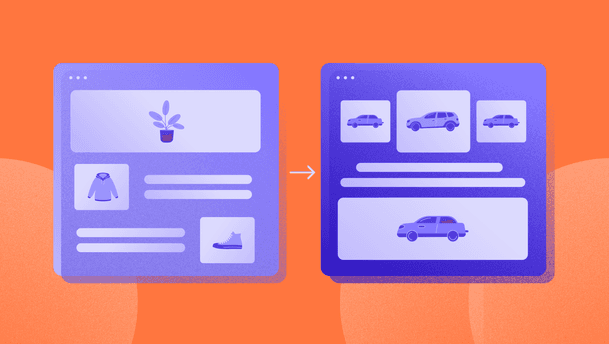Alright, it’s time to get down to business.
We’ve talked a lot about what adaptive websites are, their benefits, and the key elements that make them work. Now, it’s time to focus on how to actually create one. After all, that’s what we’re here for. That’s our goal.
But here’s the thing—every goal needs a plan.
I know making plans isn’t everyone’s favorite thing. You might be someone who says, "I’ve planned every detail of my week and I’m ahead of schedule," or you might be more like, “I planned to plan, but... well, it’s a bit too late for that.” Me? I’m somewhere in between—organized in some areas, a bit chaotic in others.
But when it comes to building an adaptive website, though, there’s no room for chaos. A clear, structured plan is essential—and the good news is, we’ve got one ready for you, no matter your planning style.

Planning your adaptive website: Focusing on people, process, and technology
A good plan consists of a series of steps and points to follow, making sure you stay on track and cover all the necessary areas to build a successful adaptive website.
In this case, the plan is built around three key pillars: people, process, and technology.
The "people" part means assembling a skilled team with well-defined roles, ensuring everyone knows their responsibilities.
The "process" refers to the structured approach that guides the project from start to finish, helping you stay organized and focused.
And finally, "technology" is about choosing the right tools and platforms that enable your team to execute the vision effectively.








